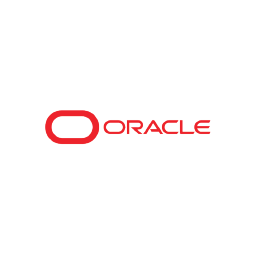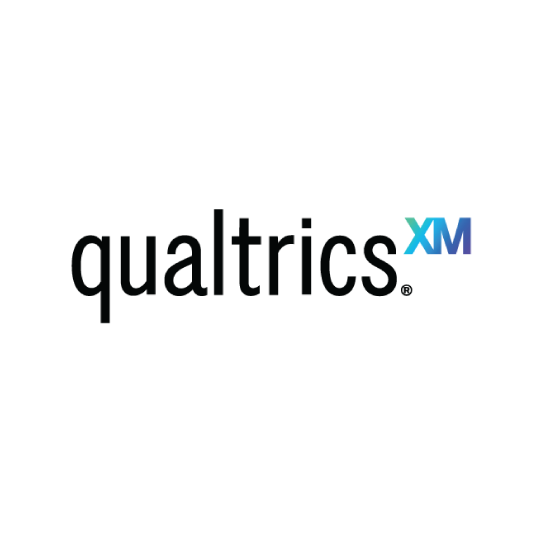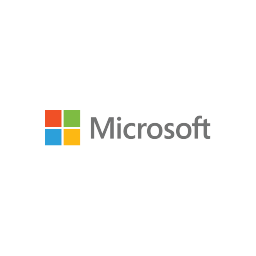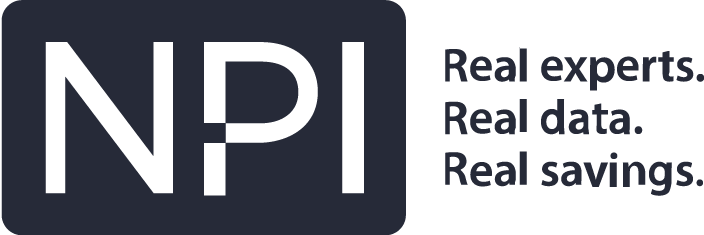Dare to Prepare
Achieve 15 to 25% Savings on Large Enterprise IT Purchases
NPI is the trusted leader in IT purchase optimization for large enterprises. We provide buying teams with precise context-aware benchmarks, deep negotiation intel, expert licensing advice and purpose-built tools to achieve world-class IT purchase outcomes. Backed by 21 years of large enterprise data and experience, NPI’s clients get the best deals, accelerate buying cycles and set the standard for IT procurement excellence.
FEATURED SOLUTIONS
NPI Vantage IT Price Benchmark Subscription
Stop IT Overspending in
its Tracks
Transaction-specific analysis and negotiation playbooks to help you get the best deal on IT purchases and renewals.
NPI Vantage Pro IT Procurement Platform
Easily Prepare Well Before the Quote
Workflow, prioritization, and AI-powered research tools drive team alignment, save hours of prep time and boost cost-reduction results.
Enterprise License Agreement Optimization
Determine Best-Fit
Licensing Options
Analysis, decision support and negotiation playbooks so you purchase the right licenses at the right price from mega-vendors such as Microsoft and SAP.
Companies will overpay for 89% of their IT purchases in the next 12 months. Don’t be one of them.
Tap Into Our Expertise
NPI clients have access to laser-focused IT procurement research, education, best practices and actionable insights.
WORLD-CLASS IT PROCUREMENT OUTCOMES START HERE
Learn how NPI can help your large enterprise eliminate IT overspending, streamline IT purchasing workflows, and negotiate better deals














